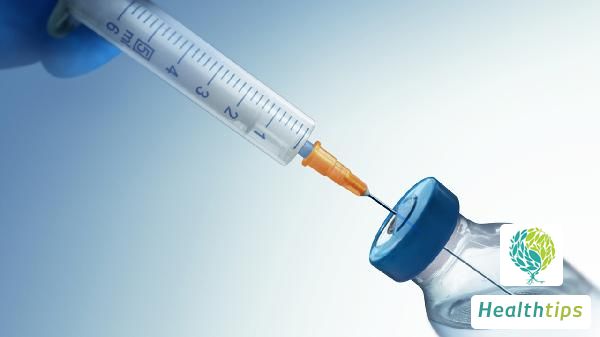How long does it take for medication to control vitiligo?
The duration of medication for vitiligo varies from person to person, which is generally determined by factors such as the severity of the disease, treatment methods, and individual differences. Generally speaking, under regular treatment, the symptoms of most patients can be improved within several months to a year. For patients with mild vitiligo, oral medication may be an effective treatment method. Commonly used oral medications include vitamin D3 derivatives and immunomodulators. These drugs can help restore the function of pigment cells and promote the production of melanin. During the use of oral medication, it is necessary to follow the doctor's advice, take medication on time and in proper dosage, and pay attention to the occurrence of adverse reactions. For patients with moderate to severe vitiligo, phototherapy may be a better choice. Phototherapy can stimulate the growth and differentiation of pigment cells through ultraviolet irradiation to achieve the therapeutic effect. Common phototherapy methods include NB-UVB and excimer laser. The advantages of this therapy are fast curative effect and small side effects. In addition to medication or phototherapy, other auxiliary treatment methods can also be adopted, such as dietary adjustment, psychological counseling, etc. For example, increasing the intake of copper-rich foods can enhance the activity of tyrosinase and help the synthesis of melanin; maintaining a good mentality and sufficient sleep are also conducive to the recovery of the disease. The treatment of vitiligo is a long-term process that requires comprehensive consideration of multiple factors for treatment. If you suspect that you have vitiligo, please seek medical attention promptly and consult a professional doctor.




















